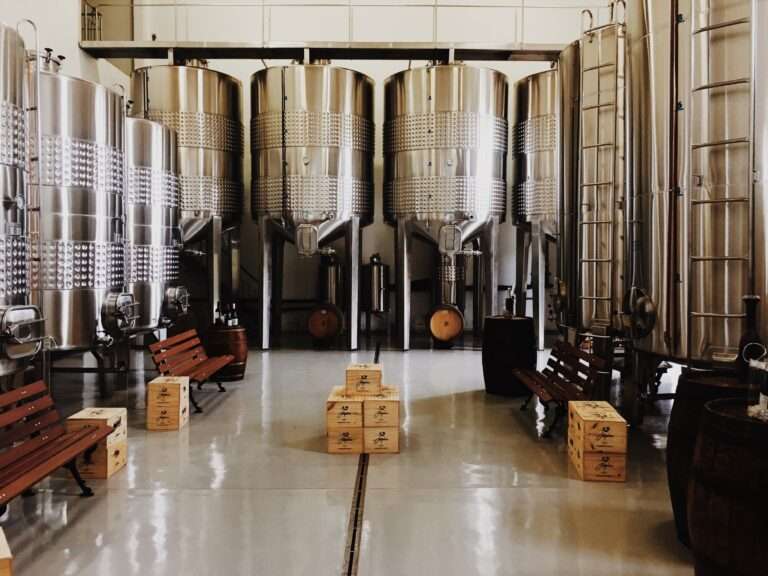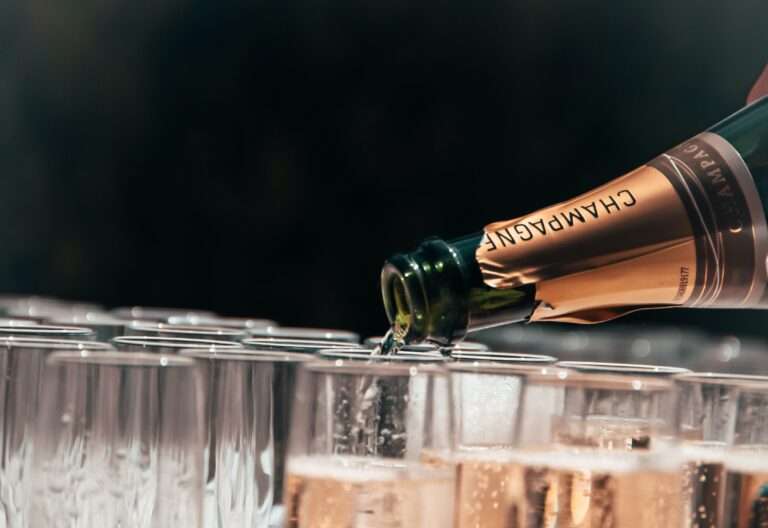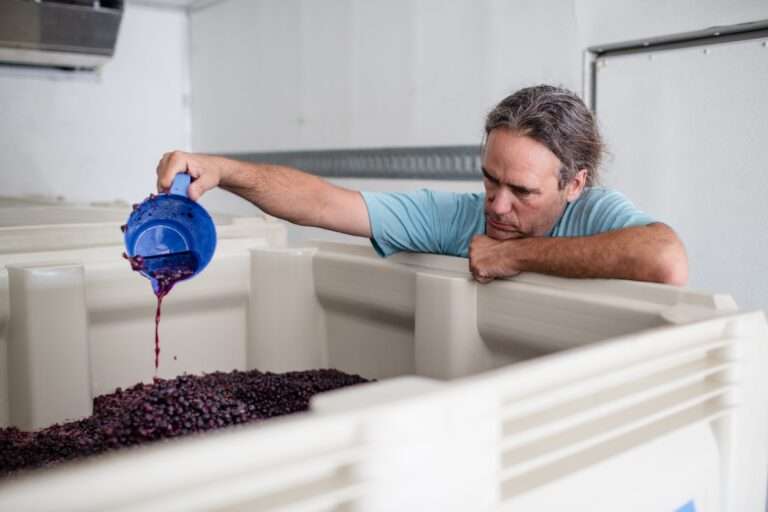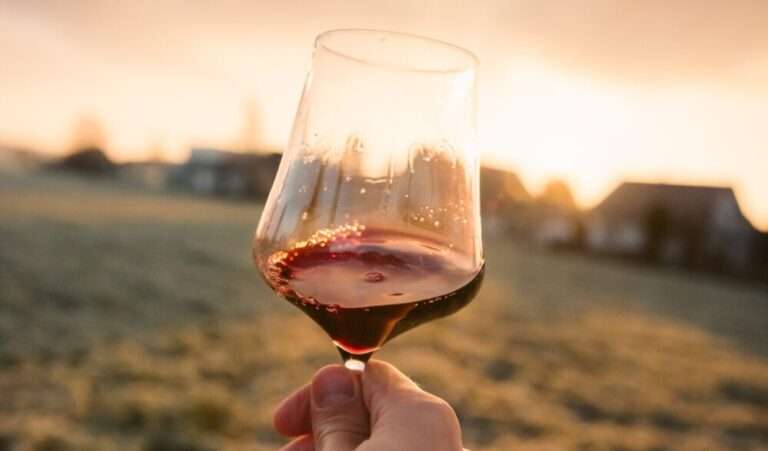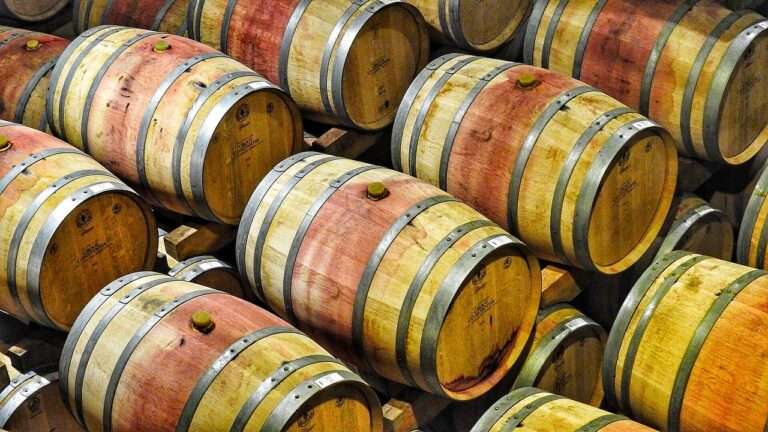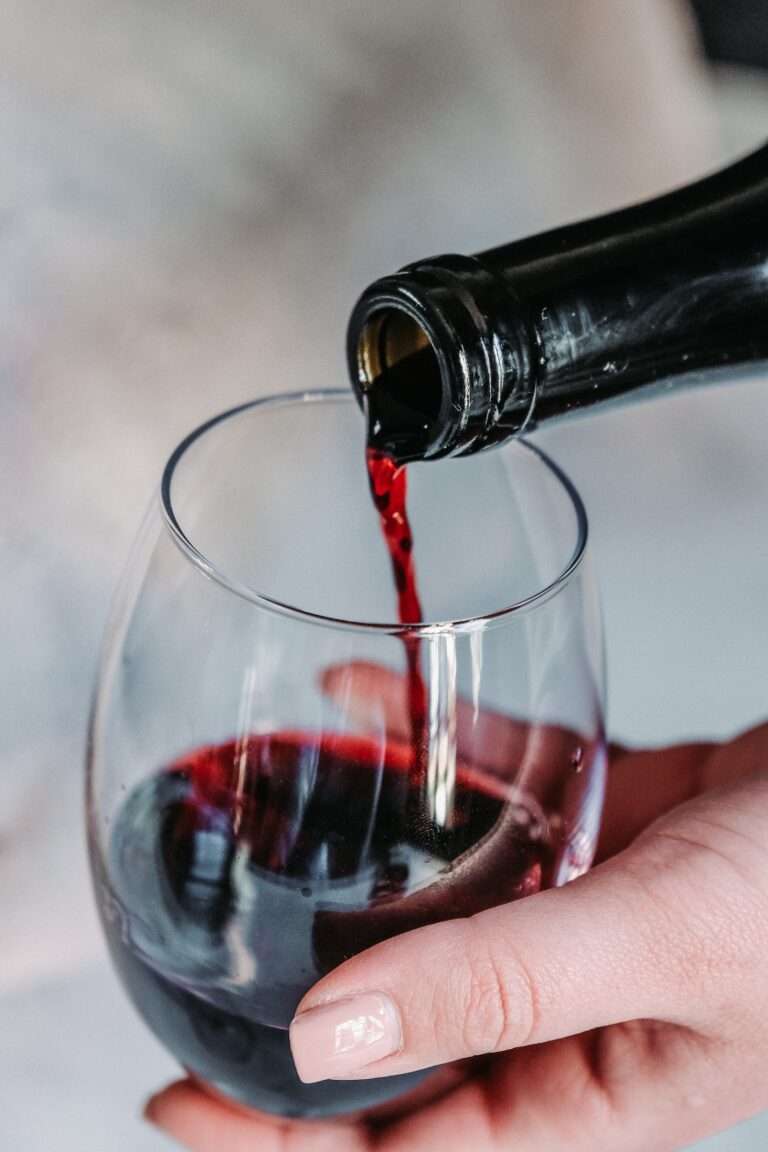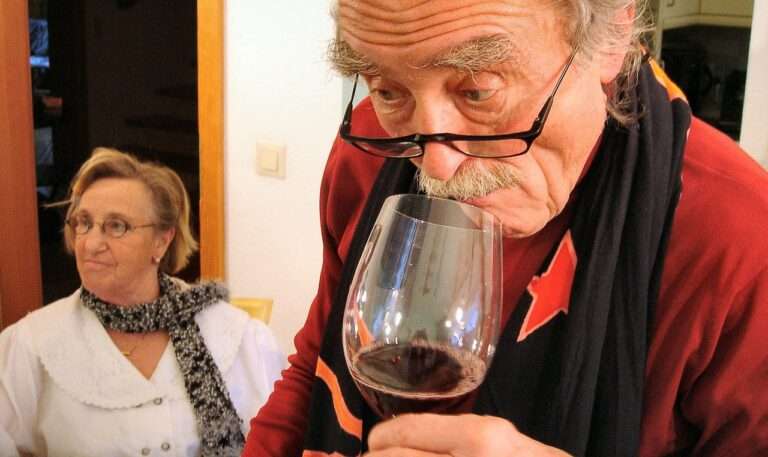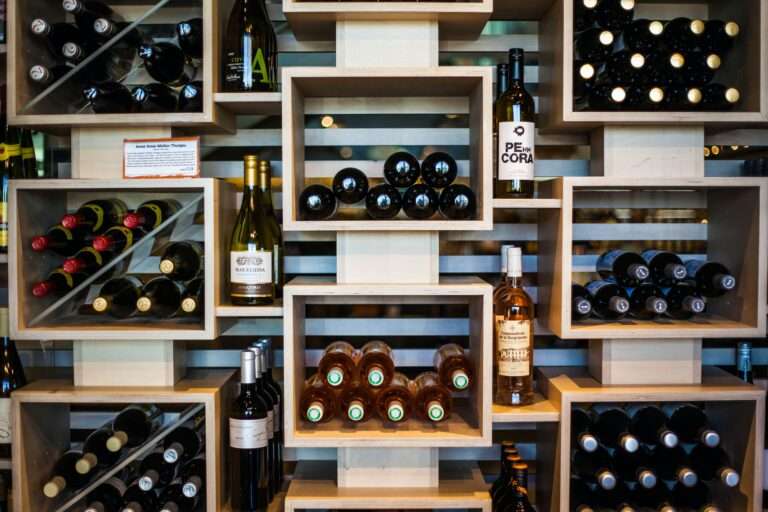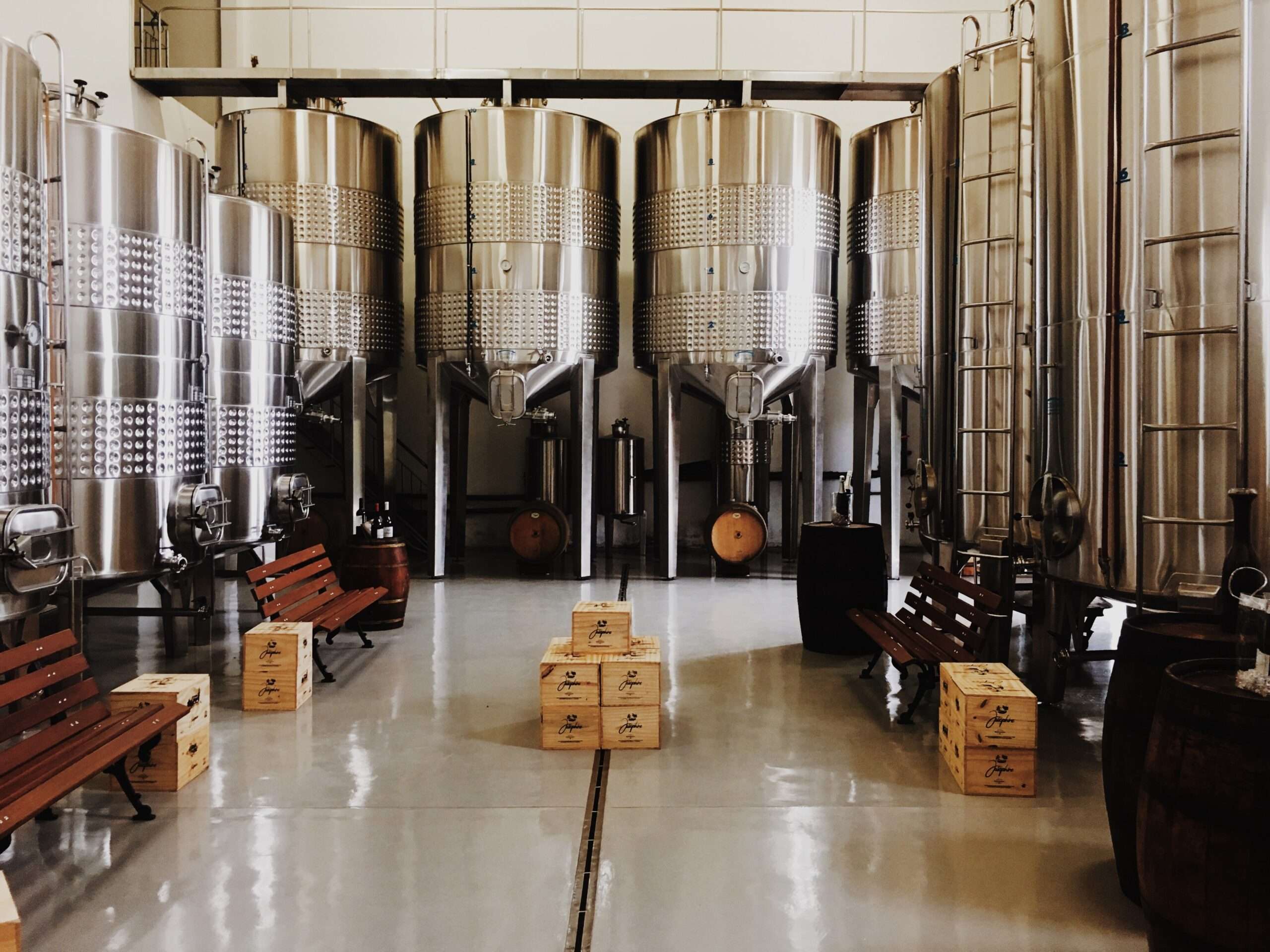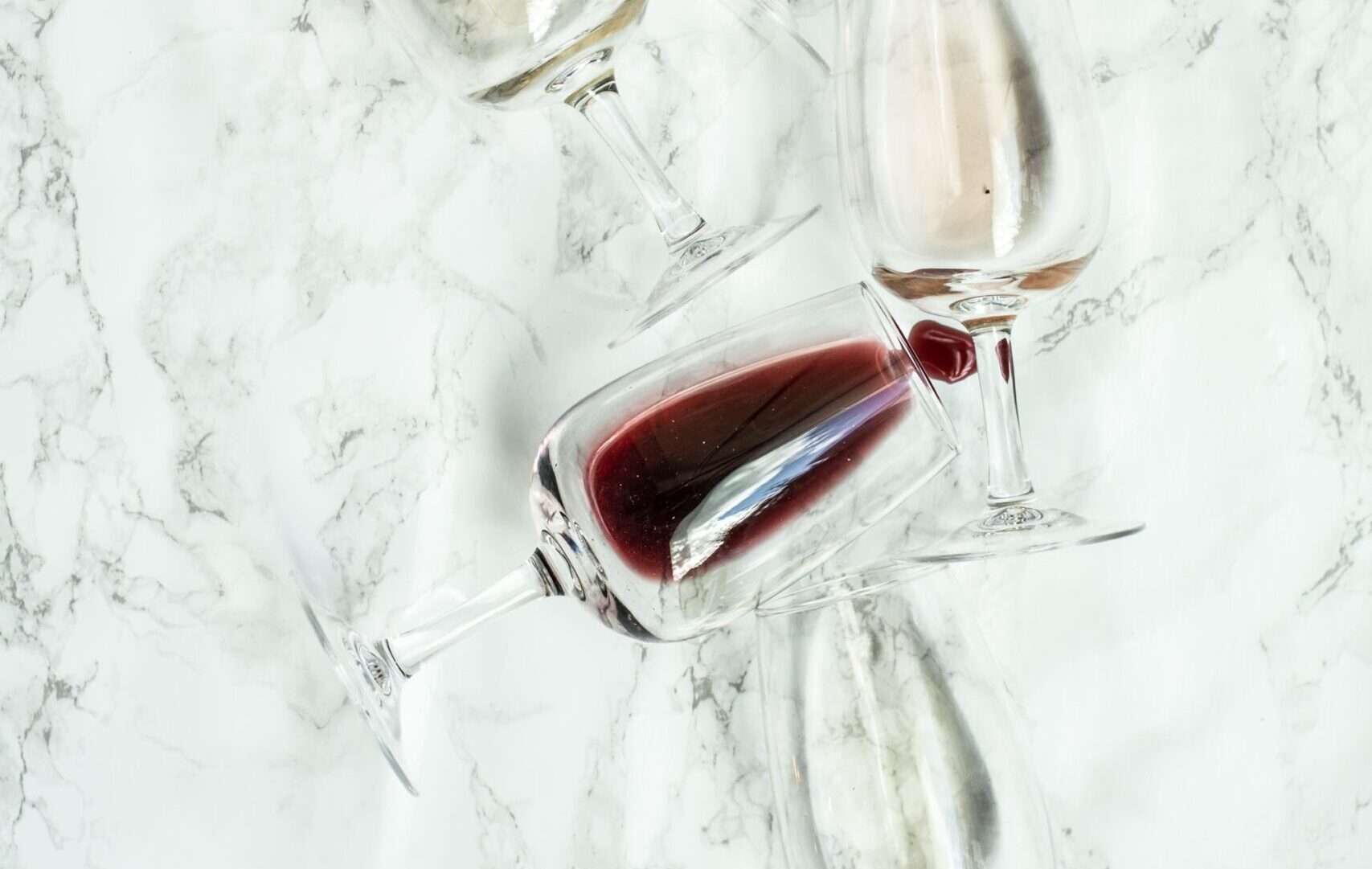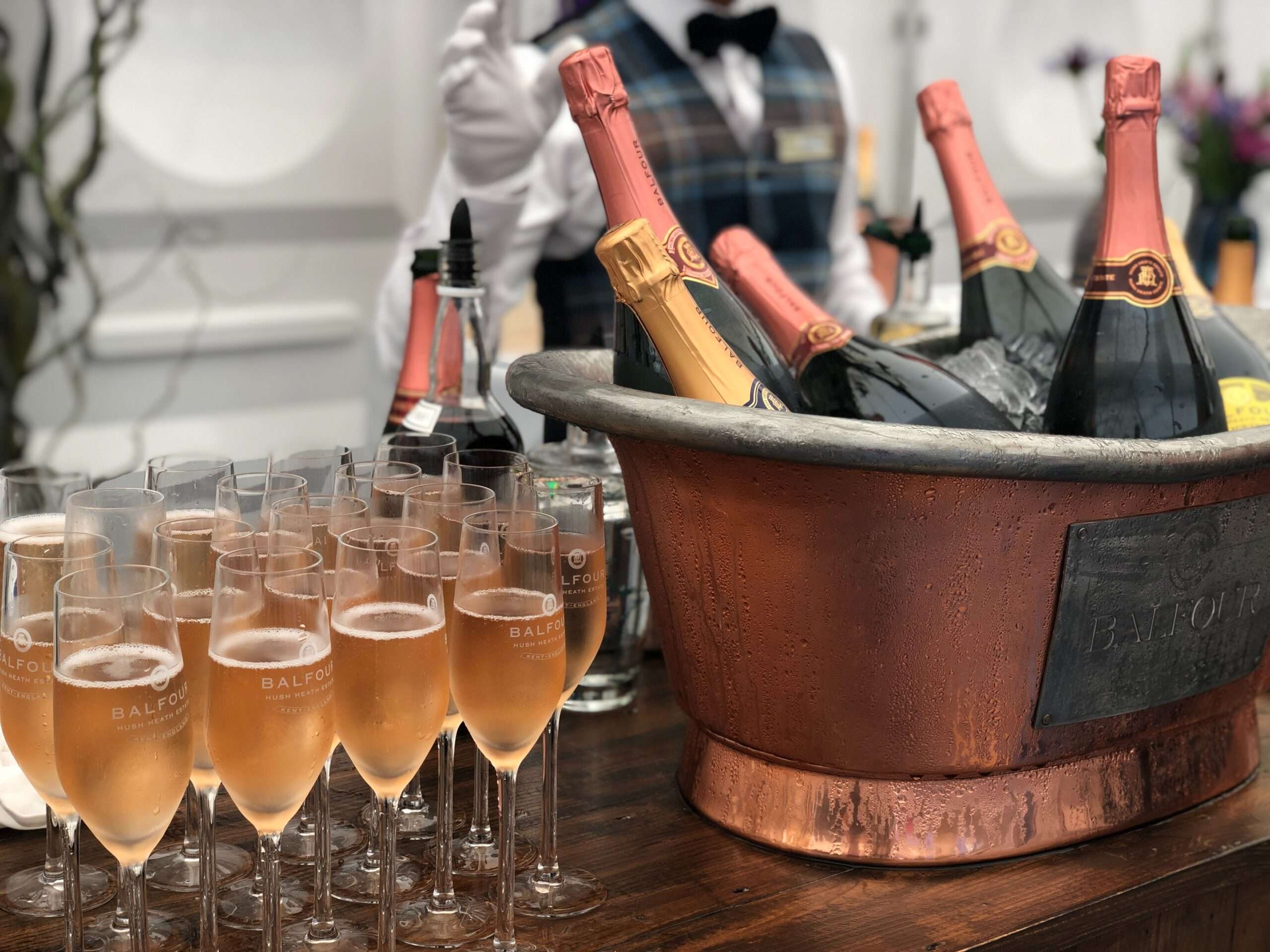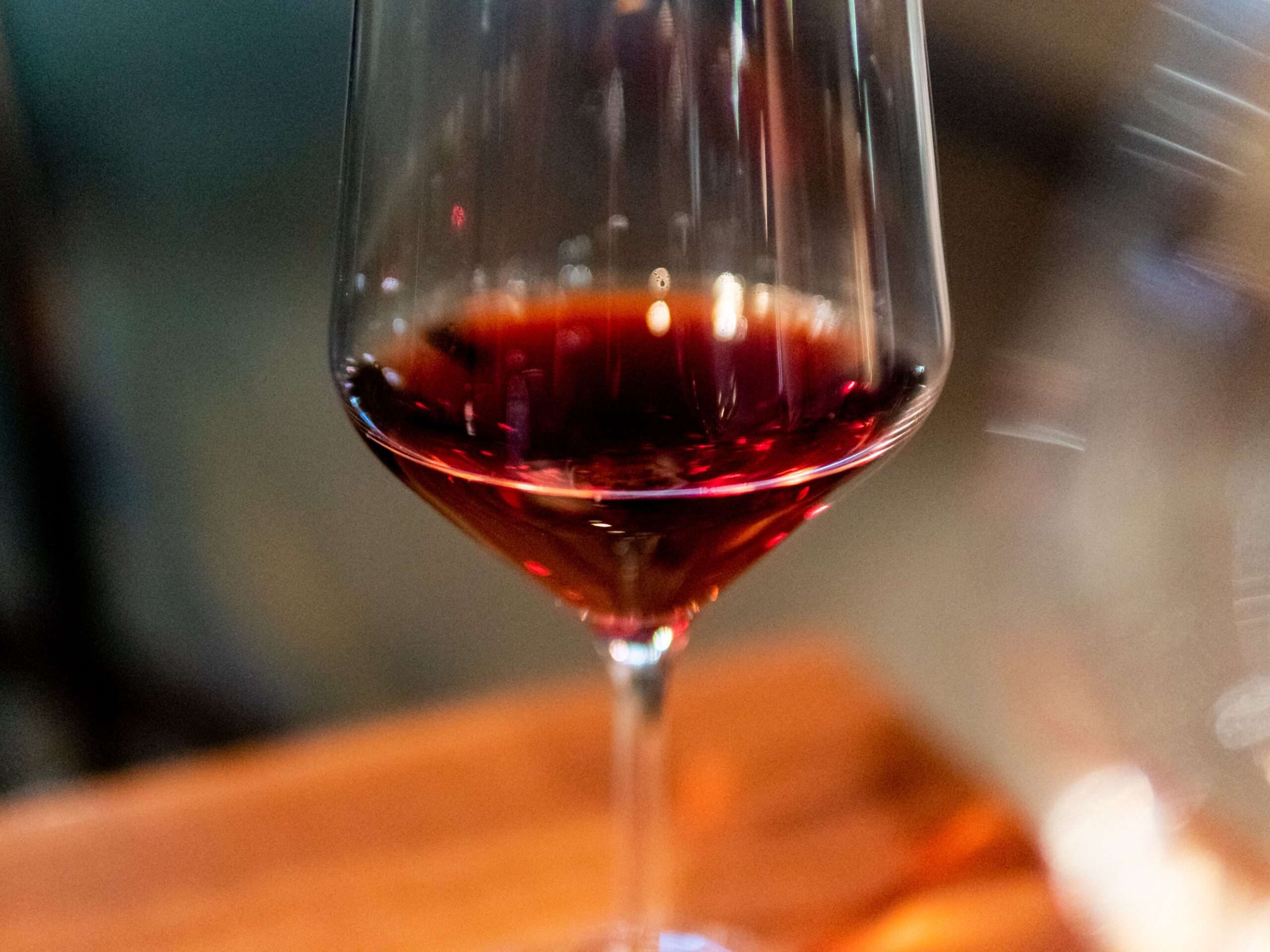You could be an experienced wine connoisseur or a novice that has never even sipped a glass of wine, let alone known the ins and outs of how to buy a bottle of wine. Either way, there is always something to be learned about selecting wine, so let’s look at distinguishing between a good bottle of wine and a bottle of cheap wine.
A good bottle of wine does not have to be overly expensive or old. We determine the quality of wine by the acidity, tannins, alcohol content, depth of flavor, finish, complexity, and the overall balance of these aspects with your personal preferences of the wine’s varietal.
Now that you know what makes a wine good, you don’t have to break the bank to enjoy a beautiful glass of wine with your dinner. Keep reading if you want to find out more information about choosing the perfect wine for you without spending thousands.
How To Tell A Good Wine From A Cheap Wine
When drinking wine, the price and age have nothing to do with the quality of the wine. In fact, there are lots of excessively priced wines that are not very pleasant to drink. Many relatively cheap wines in the $15 range are meant to be consumed when young.
For example, as a general rule of thumb, you can drink a bottle of white wine when it is one to two years old and a bottle of red wine when it is two to three years old after being bottled. Some higher-end wines can last anywhere from 3 years to 10 years after being bottled and sometimes even longer.
Remember to do some research whenever you are interested in having a new wine, especially if it’s from a region you haven’t tried before. Before buying, if you find a reasonably priced bottle of wine that looks appealing to you but has a cap that screws on, it doesn’t mean that the wine is cheap.
Having a cap that can screw on instead of a cork means that the winery is concerned about the wine’s quality and the safety of the customer. Approximately eight percent of all wine sealed with a cork is undrinkable and contaminated, otherwise known as cork-tainted.
Does Good Wine Have To Be Old And Expensive
The wine’s age and price have nothing to do with the quality. As previously stated, for the most part, a bottle of white wine will only last up to two years, and red wine will only last up to three while remaining in ideal drinking condition before starting to turn sour.
There are exceptions to how long a wine can stay fresh and viable. However, this is only with higher-end wines that are significantly more expensive for the most part.
As a result of these factors, the age of the wine and the price are related to each other when it comes to the higher-end wines, but having an old and pricey wine variety does not mean that the wine is guaranteed to be a delicious and high-quality one.
How To Choose A Good Wine
As a novice in choosing a bottle of wine, there are a few things you need to do and know before purchasing wine.
Before you start deciding what wine would be a good fit for you, you should consult a friend who knows what they are talking about or if you are at a restaurant, ask the wine steward what they would recommend you get.
Keep in mind that when you get wine suggestions from a friend or a wine steward, remember that taste is a personal preference and that you may not like something that your friend may love.
If you are in a store or at a restaurant, look at the bottle before they open it for you or before you purchase the bottle. Once you have the bottle, you should look at the label on the back of the bottle because the label on the front can sometimes be deceiving, making the wine look better than it is. Usually, the front label is more about marketing and branding than information.
When looking at the label on the back of the bottle, you should be looking at things like:
- The ingredients
- The flavor profile
- The aging processes
- The region where the wine was produced
- Who the importers are
- As well as looking for a stamp of approval such as awards or reviews.
When you find a nice wine that you have purchased multiple times, that particular wine is likely one that you find enjoyable. When you find a wine that you are particularly fond of, remember to take a picture of the bottle or keep the bottle to get the same bottle of wine in the future.
Wine Tasting 101 What To Do And What To Look For
Once you have chosen a bottle of wine and are happy with what you have, it’s time to open it up and see if you like it. When tasting a wine, there are some aspects you have to pay attention to before you can determine if it is a good wine.
You may find some of these indicators in:
- The taste of the wine
- The smell of the wine
- How the wine feels in your mouth
- The wine’s depth
- The wine’s complexity
- The length of time that the taste lingers in your mouth
- The wine’s legs
A series of steps have to be taken to identify if the wine you are drinking is indeed good. These steps are as follows.
The Sniff Test
Once you have poured a nice glass of wine, you have to let it sit for a minute, sniff the wine, swirl it and then sniff it again. This is known as nosing the wine. When you nose wine, what do you pick up on? Does it smell like wine? Can you smell hints of fruit like apple and cherry, or does it smell smokey like wood or spices such as Oak and pepper?
When smelling your wine, the longer you swirl it and let it sit, the more you will be able to smell because the more oxygen that gets into the wine, the more the flavor and smell profiles open up. After swirling and smelling for several minutes, see if you can identify three or more fruits and aromas that smell appealing to you.
After identifying some fruits and aromas that appeal to you, continue smelling the wine for a few moments longer. The longer you smell the wine, the better the wine can land up tasting. When it comes to wine, your nose will never fail you. If it smells nice to you, then there is a good chance you will enjoy the flavor when you take a sip.
The Sip Test
After you have sniffed your wine and identified a few aspects that you enjoy, now is the time you have waited so patiently for. It’s time to taste the wine by taking a small sip and swirling it around in your mouth, ensuring that it comes in contact with all of your taste buds.
Repeat the sip and swirl process a couple of times, and then see what you can taste. Identify what flavors stand out to you the most. Do you taste hints of apple or dark cherry or traces of grapefruit? What are you able to pick up on?
Focus on using all of your taste buds. This is because the taste buds in the back of your mouth are more sensitive to certain flavors than those in the front and vice versa. The more flavors you can pick up on while the wine is still balanced, the better and more intricate the wine. Assuming the wine hasn’t turned.
How To Identify A Balanced Wine
You can determine a well-balanced wine by looking at or identifying if your wine has these five aspects.
- Acidity
- Tannins
- Alcohol
- Depth of flavor
- Finish
By identifying these aspects, you can tell if your wine is good and balanced. None of these aspects will be more predominant than another in a well-balanced wine.
Let’s take a look at what you need to pay attention to when tasting.
1. The Acidity
When talking about the acidity of a wine, we are referring to how bitter or sour the wine is. In this instance, a bad bottle of wine is usually excessively sour or bitter. With a good bottle of wine, you should not be able to identify any sour or bitter notes.
2. The Tannins
When tasting a wine, you can tell if its tannins are out of balance by the feeling it leaves in your mouth. If you take a sip of wine and your mouth immediately feels dry, it means that there is an imbalance of tannins.
3. The Alcohol Content
You can gain a moderate understanding of a wine’s alcohol content by looking at the wine’s legs (the droplets formed on the glass when you take a sip, sometimes also called the wine’s tears).
If you take a sip or swirl your wine and see lots of little droplets forming on the side of the glass, this can tell you that the wine has a rather high alcohol content. Additionally, if you take a sip and it burns when you swallow, this could indicate that the alcohol content is high and potentially out of balance.
4. The Depth Of Flavor
When talking about the wine’s depth of flavor, we refer to the subtle undertones in the wine beyond the typical fruit flavors. The undertones you are looking for are flavors such as chocolate or coffee undertones in red wine and nutty or biscuit undertones in white wine.
5. The Finish
The finish of the wine refers to the length of time the wine’s aftertaste lingers in your mouth after you take a sip. If the wine lingers in your mouth for three to five seconds, you know you have a good bottle of wine. The longer the wine’s taste lingers in your mouth, the better the wine is.
How To Tell If A Wine Is Complex
You can tell if a wine is a good and complex one if you can taste multiple fruit flavors. There could be flavors such as plums, peach, cherry, blackberry, raspberry, melon, and citrus, frolicking across your tongue. You may also note some gorgeous undertones of coffee, chocolate, nut, or biscuits, depending on whether you are sampling a red or a white bottle of wine.
The growing conditions of the grapes can influence the quality and complexity of the wine. Extreme growing conditions, such as high heat, exceptional cold, and large amounts of rain, can impact the quality of the grape harvest. Keep in mind that the varietal of the wine can impact its complexity.
What Is A Wine Varietal?
Varietal wines are wines made from primarily one named grape variety. Common examples of varietal wines include wines such as Chardonnay, Merlot, and Cabernet Sauvignon. If you find a wine that you are fond of, be sure to remember what the wine’s varietal is and what the brand is so that you can get it again.
Conclusion
In the body of this article, we have discussed how to determine a good wine vs. a cheap wine. We have suggested how to choose a good wine, perform a sniff test, and perform the sip test. How to identify whether a wine is balanced by looking at the acidity, the tannins, the alcohol content, the depth of flavor, and the finish of the wine is discussed in depth.
We have also learned that a bottle of good wine doesn’t have to be excessively expensive, nor does it have to be decades old. We learned what a wine varietal is, how to tell whether a wine is complex, and have discussed a few wine tasting tips. We learned what to do and what to look for when tasting & choosing what wine you like or would like to try.


